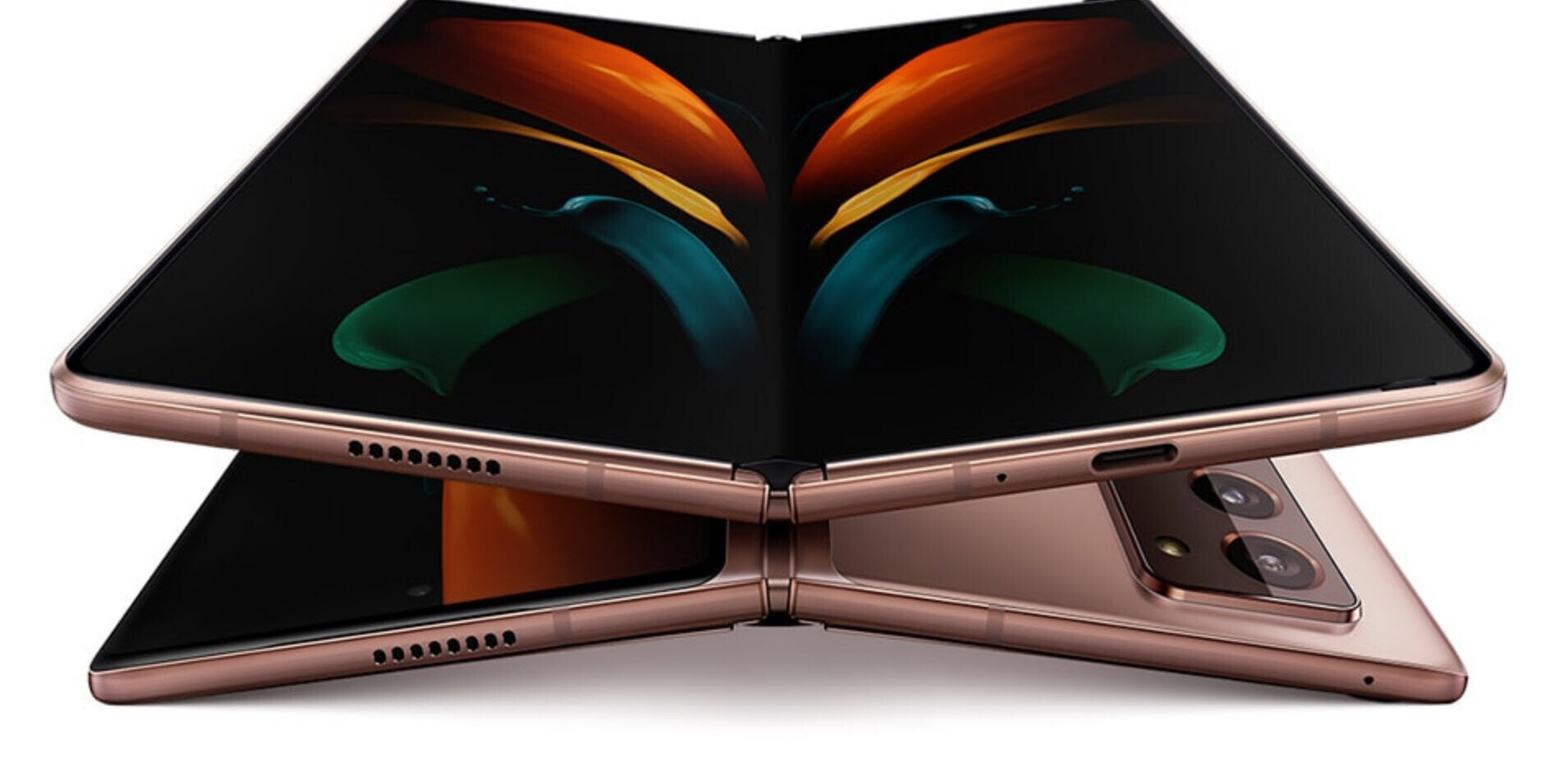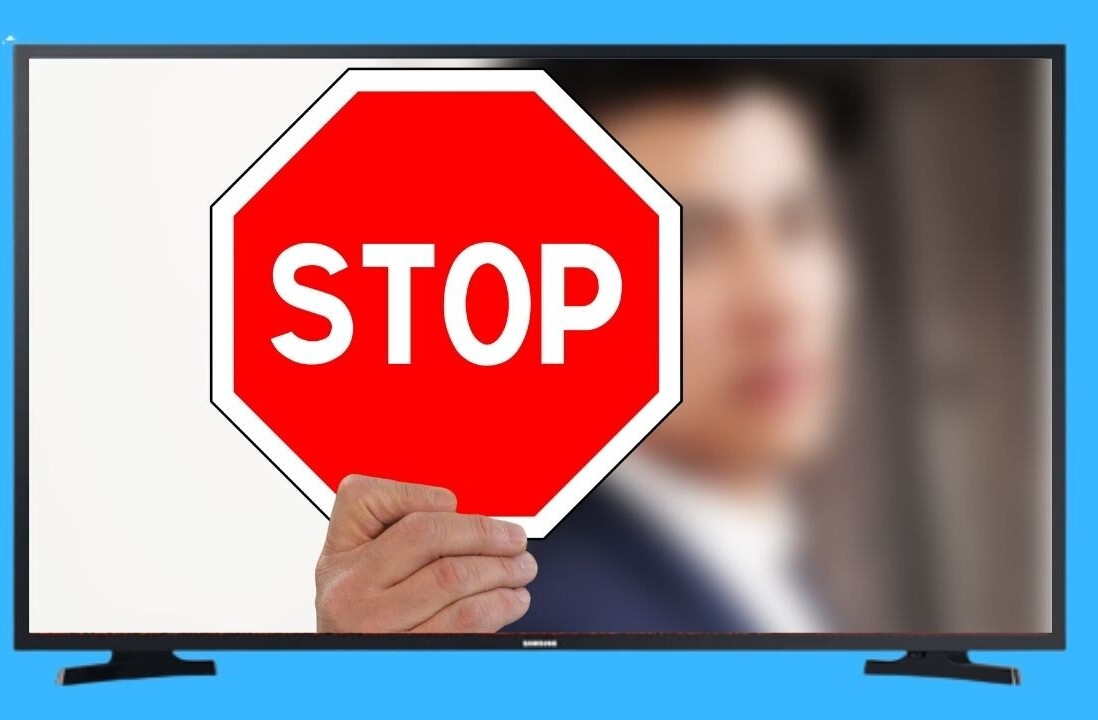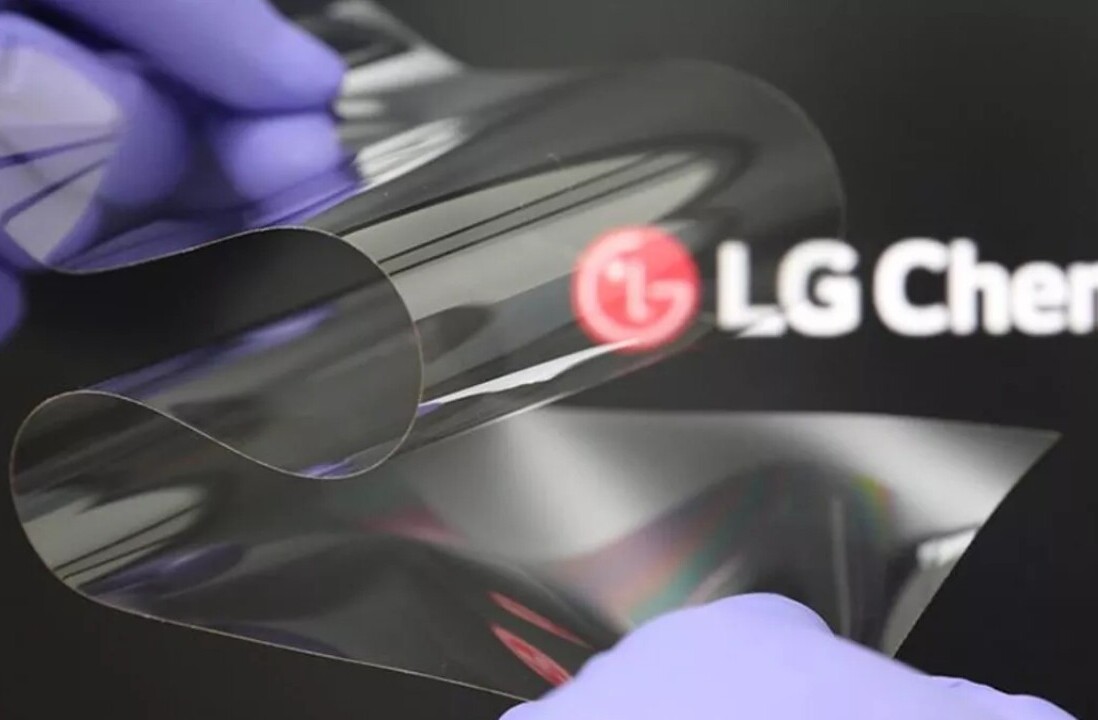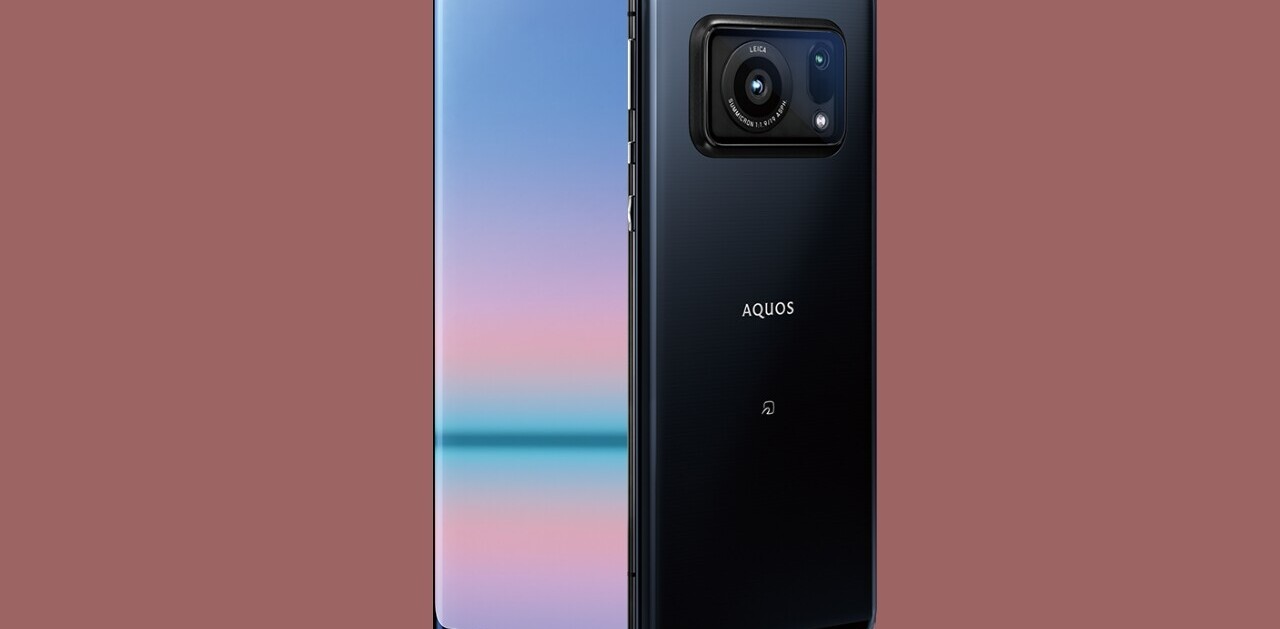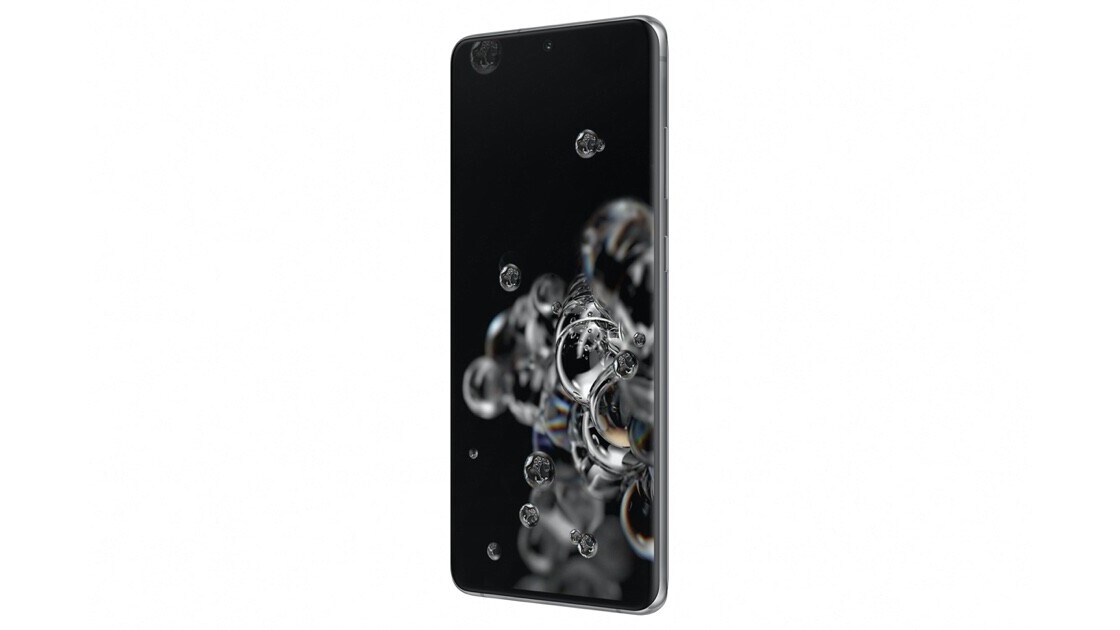
For years now, Samsung’s Galaxy series of flagship phones have had some of the best displays available on mobile devices. Last week, it announced its new series of phones: the Galaxy S20, the Galaxy S20 Plus, and the Galaxy S20 Ultra.
Displaymate, a site that tests screens through various lab examinations, put the display of the Galaxy S20 Ultra’s Samsung-manufactured display under the microscope, and it passed with flying colors. The site gave it an A+ grade, and said it broke 12 test records including highest peak brightness, highest contrast ratio, and lowest screen reflectance.
Galaxy S20 Ultra Display specification
- Size: 6.9-inch diagonal
- Type: Flexible OLED
- Resolution: 3,200 x 1,440 pixels (3K Quad HD+)
- Pixel density: 510 pixels per inch
- Aspect ratio: 20:9
- Refresh rate: 120Hz
According to Displaymate, Samsung’s new flagship scores very high on the color accuracy chart. It arrived at this by measuring the screen’s capability with a spectroradiometer, a device that tests the wavelength and amplitude of light waves emitting from the screen, against 41 reference colors. To measure a display’s calibration, researchers use a reference model. known as 1976 CIE Uniform Chromaticity.
[Read: Life with the MacBook Touch Bar is awful and I hate it]
On this scale, Δ(u’v’) = 0.0040 equates 1 Just Noticeable Difference (JNDC) — a visible difference from a reference color. Samsung’s latest display has a JNDC of 0.5, which means it’s not visually distinguishable.

The Galaxy S20 Ultra’s OLED display also has an infinite contrast ratio. This is because of how OLED technology works. You can turn individual pixels off to create a black pixel. So you get deeper shades of black. That means it can display perfect blacks at 0 lux brightness.
To measure screen’s brightness, Displaymate uses APL (Average Picture Level), a measure to know how much percentage of a display is lit up as compared to a fully white display. The Galaxy S20 Ultra’s screen ranges between 823 nits to 1,342 nits. That means you’ll great legibility in even extra dark or extra bright conditions. For reference, the iPhone 11 is rated at a brightness of 770 nits to 905 nits, and the OnePlus 7 Pro at 583 nits to 813 nits.
Samsung’s new flagship also scored very low on the reflection scale. It scores 5.4 percent on mirror reflection, which is measured by a spectroradiometer using a reflection of a pencil beam of light off the screen. Because of this, you can see the content on the screen rather than your own reflection in certain light conditions.
All in all, Galaxy S20 Ultra’s display is said to be top-of-the-line. And Displaymate notes that since Samsung is the largest OLED manufacturer in the world, we might see benefits of this display tech in other phones too.
You can check out Displaymate’s full test here.
Get the TNW newsletter
Get the most important tech news in your inbox each week.

